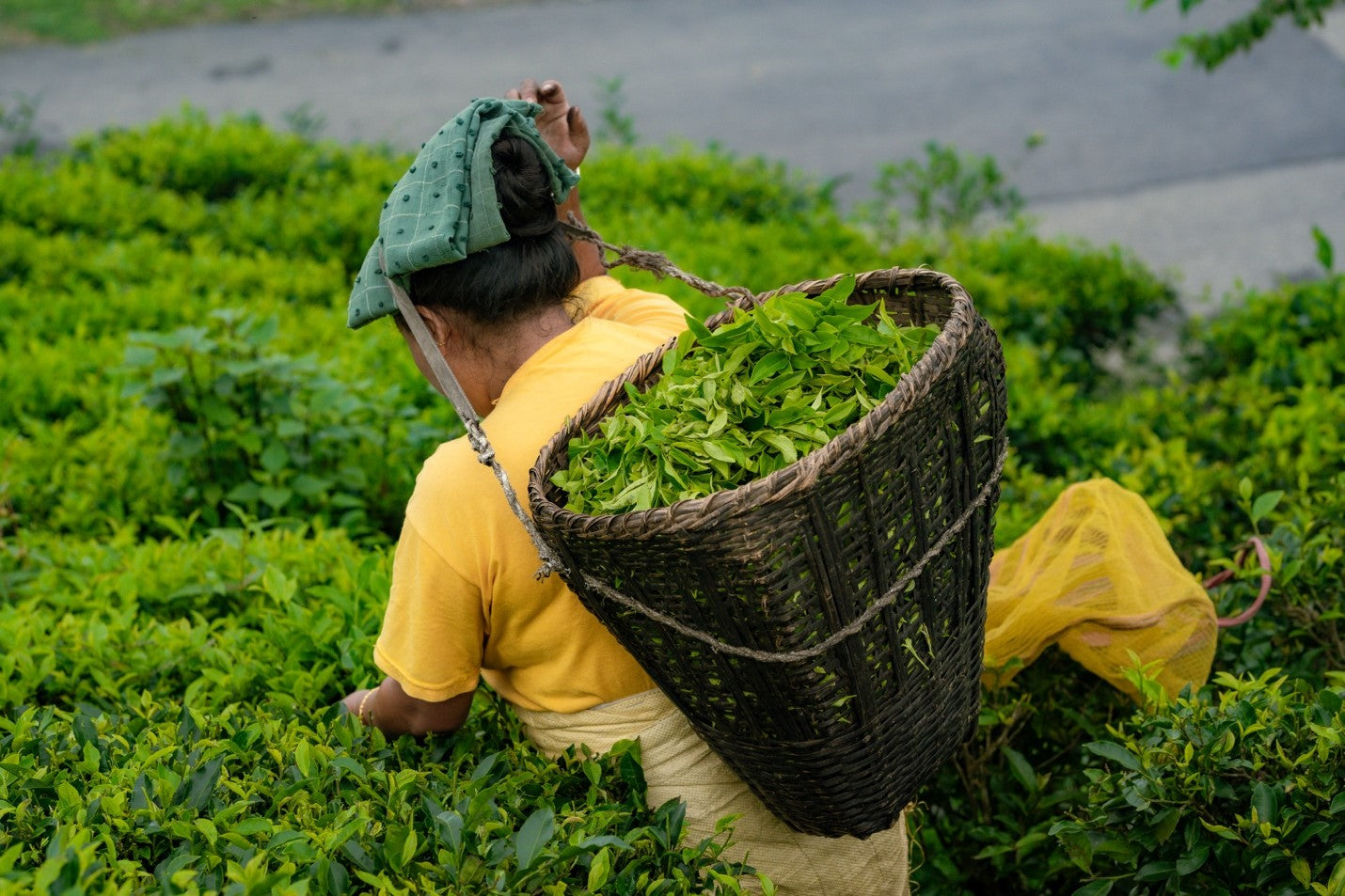
The Enchantment of Nepali Tea
The Enchantment of Nepali Tea: A Journey Through Quality and Flavor
Nepal, with its towering peaks and serene landscapes, is not only a haven for trekkers and adventurers but also a burgeoning gem in the world of tea. Known for its rich and diverse tea culture, Nepali tea has been capturing hearts (and taste buds) globally. In this blog post, we delve into the captivating world of Nepali tea, exploring what makes it exceptional, and showcasing its beauty through vivid imagery.
1. The Allure of Nepali Tea
Nepal's tea industry, though relatively young compared to its famous neighbors like India and China, has swiftly gained recognition for its high-quality tea. From lush green teas to robust black varieties, Nepali tea is celebrated for its unique flavors and artisanal production methods.

2. Ideal Growing Conditions
Nepali tea benefits from its unique growing conditions, which contribute to its exceptional quality:
- Altitude: Tea is grown at elevations ranging from 3,000 to 6,500 feet, where cooler temperatures and slower growth rates lead to more nuanced flavors.
- Soil: The mineral-rich volcanic soil imparts distinctive characteristics to the tea, enhancing its flavor.
- Climate: The balanced climate with ample rainfall ensures a steady supply of high-quality tea leaves.

3. Varieties of Nepali Tea
Nepali tea is diverse, with several notable varieties that cater to different tastes:
- Green Tea: Known for its fresh, grassy notes and smooth texture. It’s often light and invigorating.
- Black Tea: Robust and malty, with a complex aroma and rich flavor.
- White Tea: Rare and delicate, offering a subtle sweetness and floral aroma.
4. The Art of Tea Production
The production of Nepali tea is an art form, with each step carefully executed to preserve the tea’s quality:
- Hand-Picking: Only the young, tender leaves are selected.
- Withering: Leaves are allowed to wither, reducing moisture content.
- Rolling: The leaves are rolled to release essential oils and flavors.
- Oxidation/Drying: Depending on the type, leaves undergo oxidation and drying processes to develop their characteristic flavors.

5. Health Benefits
Nepali tea is not only delightful but also offers numerous health benefits. Rich in antioxidants, it supports cardiovascular health, boosts metabolism, and enhances mental clarity. Green tea is known for its calming effects and detoxifying properties.
6. How to Enjoy Nepali Tea
To savor the best of Nepali tea, consider these brewing tips:
- Fresh Water: Always use fresh, filtered water.
- Proper Temperature: Brew green tea at 175°F (80°C) and black tea at 200-212°F (93-100°C).
- Steeping Time: Steep green tea for 2-3 minutes and black tea for 3-5 minutes.
- Pairing: Green tea pairs well with light snacks, while black tea complements hearty dishes.
7. The Global Recognition
Nepali tea has been receiving accolades and awards on the global stage, reflecting its growing reputation and quality. As more people discover its unique flavors and benefits, Nepali tea is poised to become a staple in tea collections worldwide.
Nepali tea is more than just a drink; it's a reflection of Nepal’s natural beauty, rich culture, and dedication to quality. From its ideal growing conditions to the artisanal production methods, every cup of Nepali tea tells a story. Whether you’re a tea enthusiast or a casual drinker, exploring Nepali tea offers a refreshing and enlightening experience.
So, the next time you brew a cup, remember that you’re enjoying a piece of Nepal’s heritage—one sip at a time.

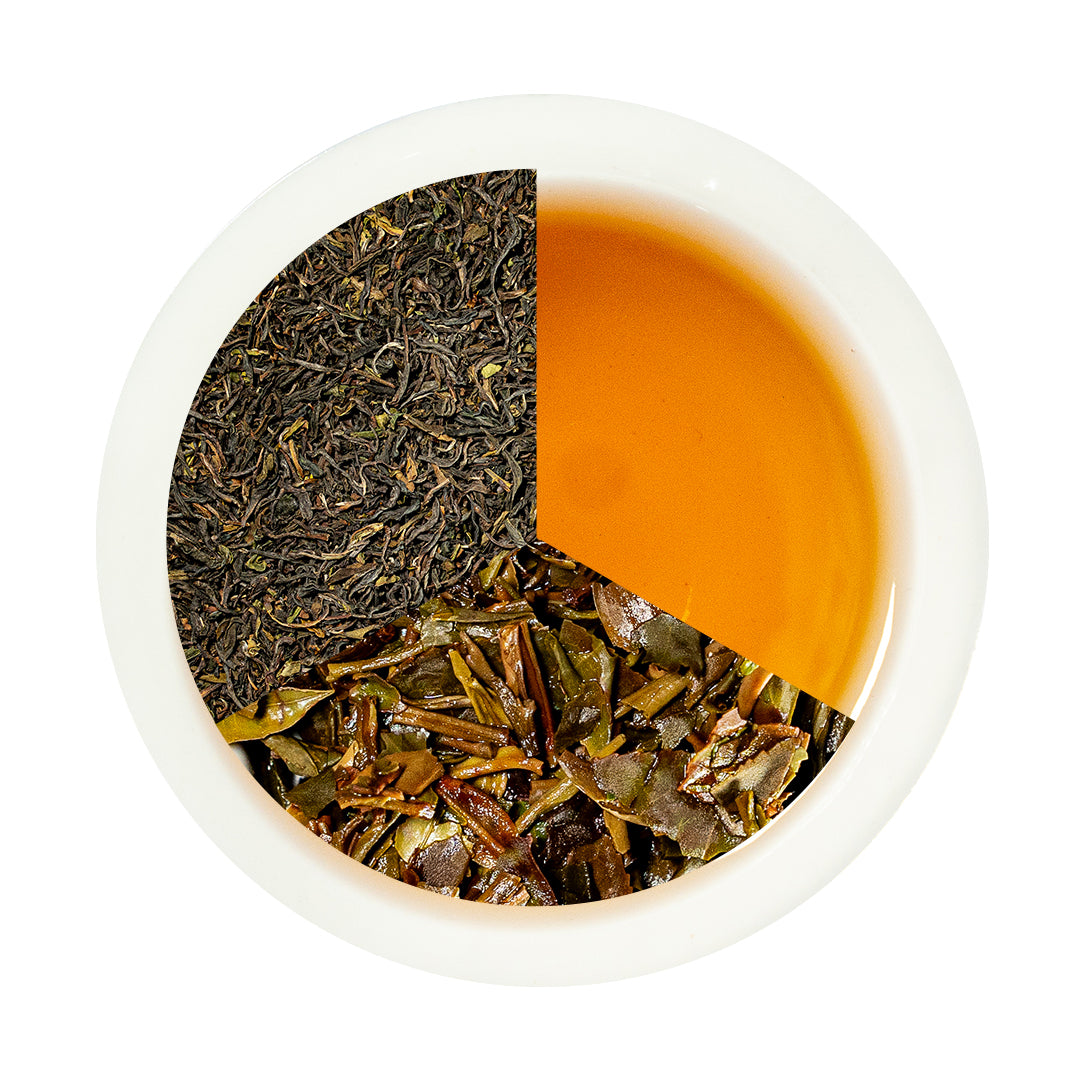
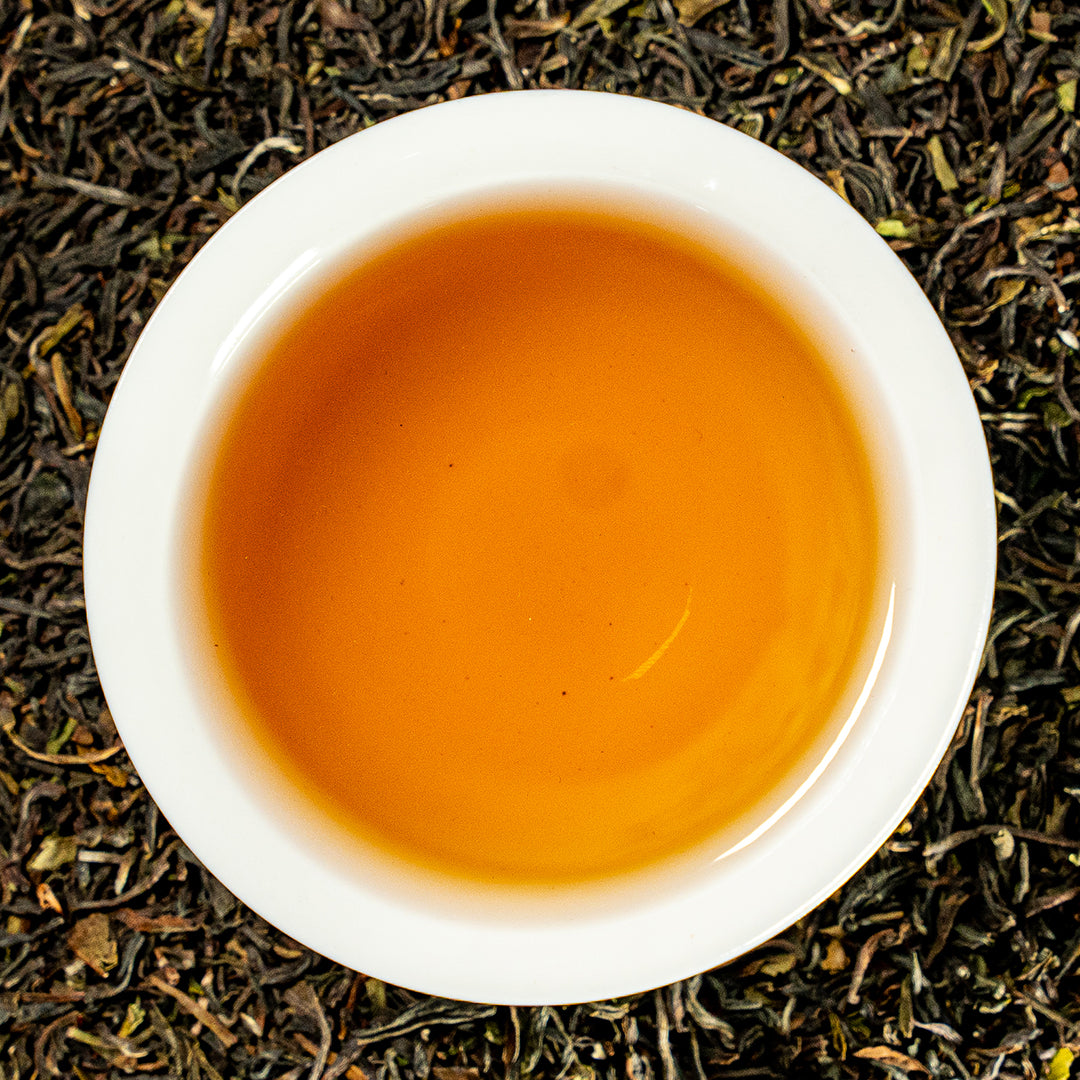
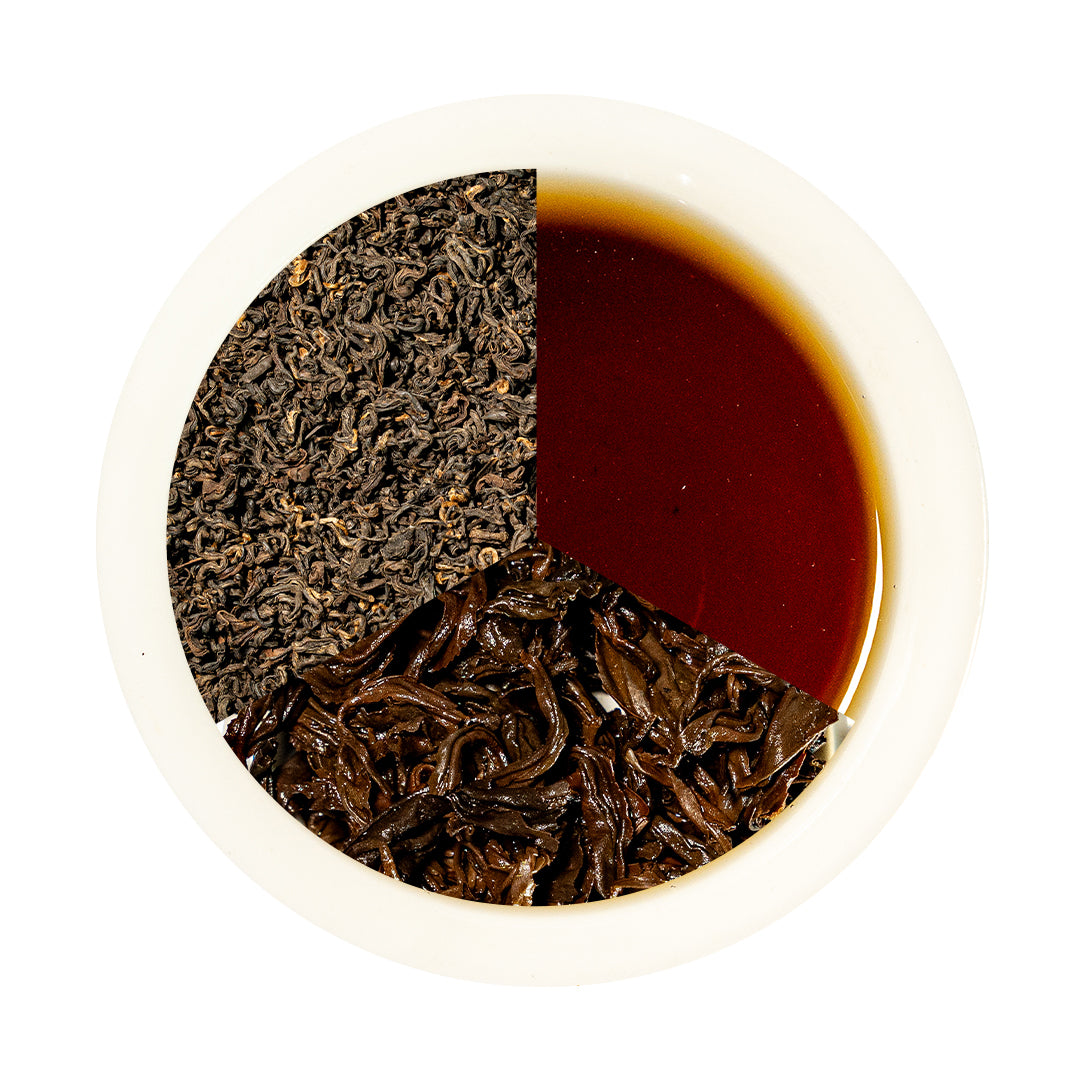
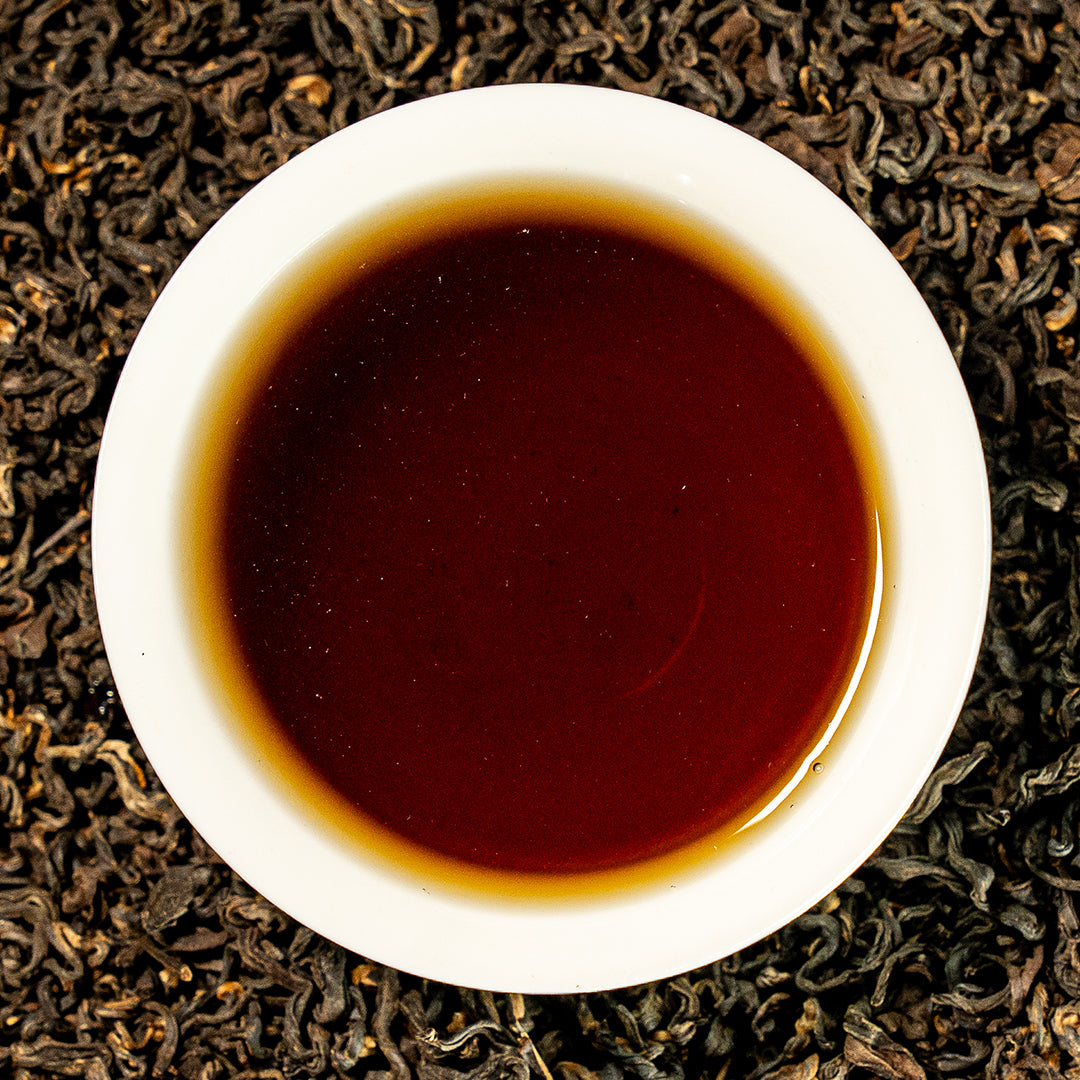
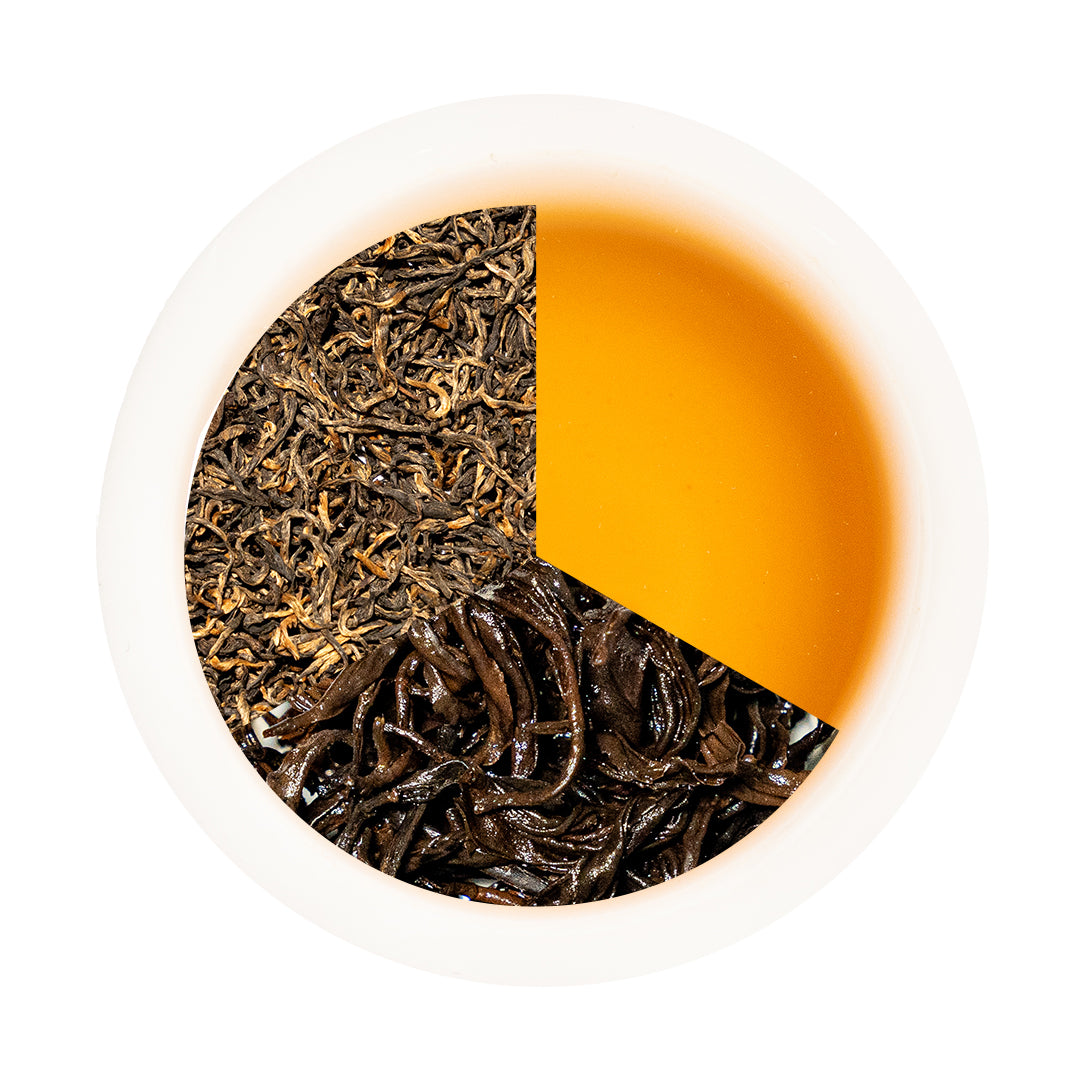
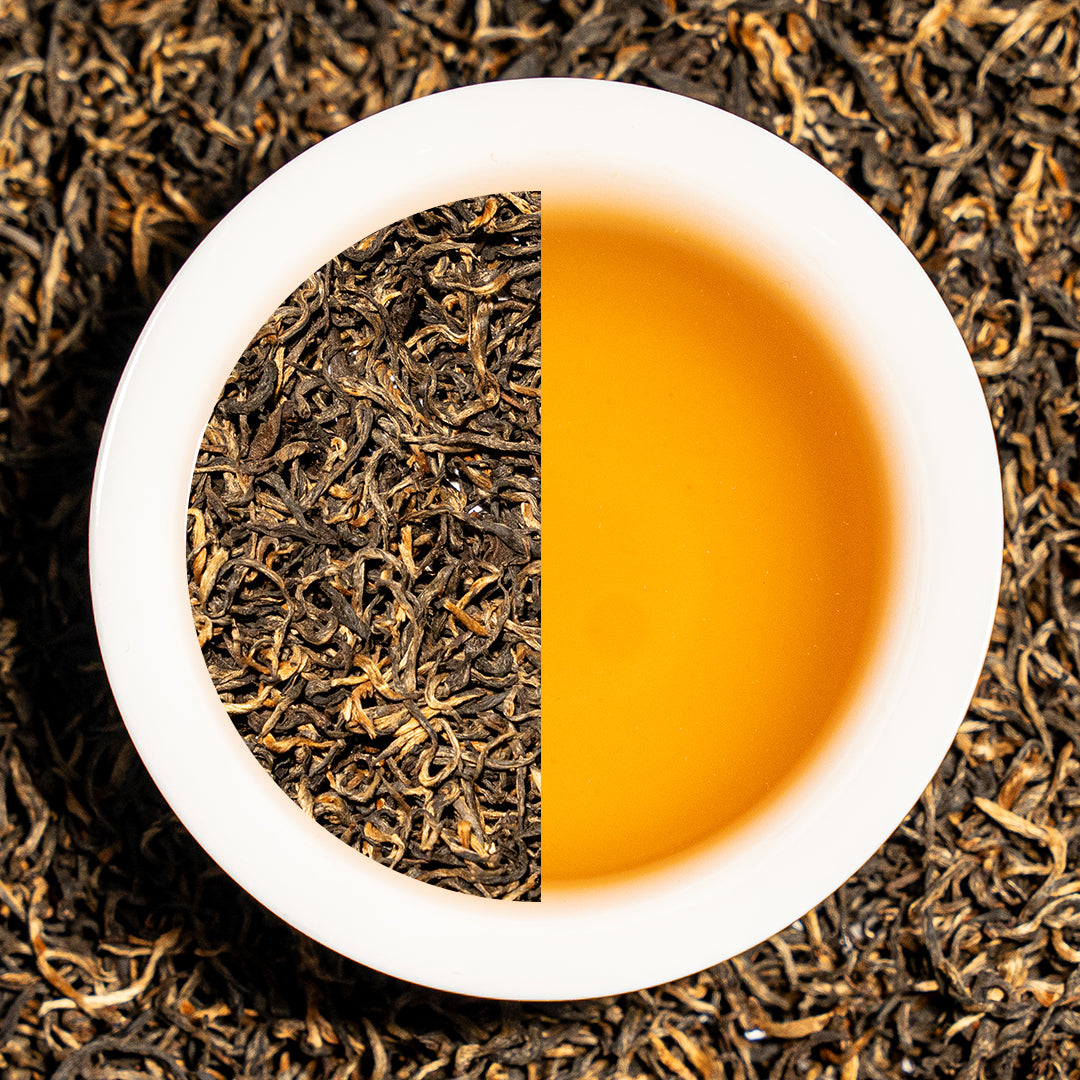
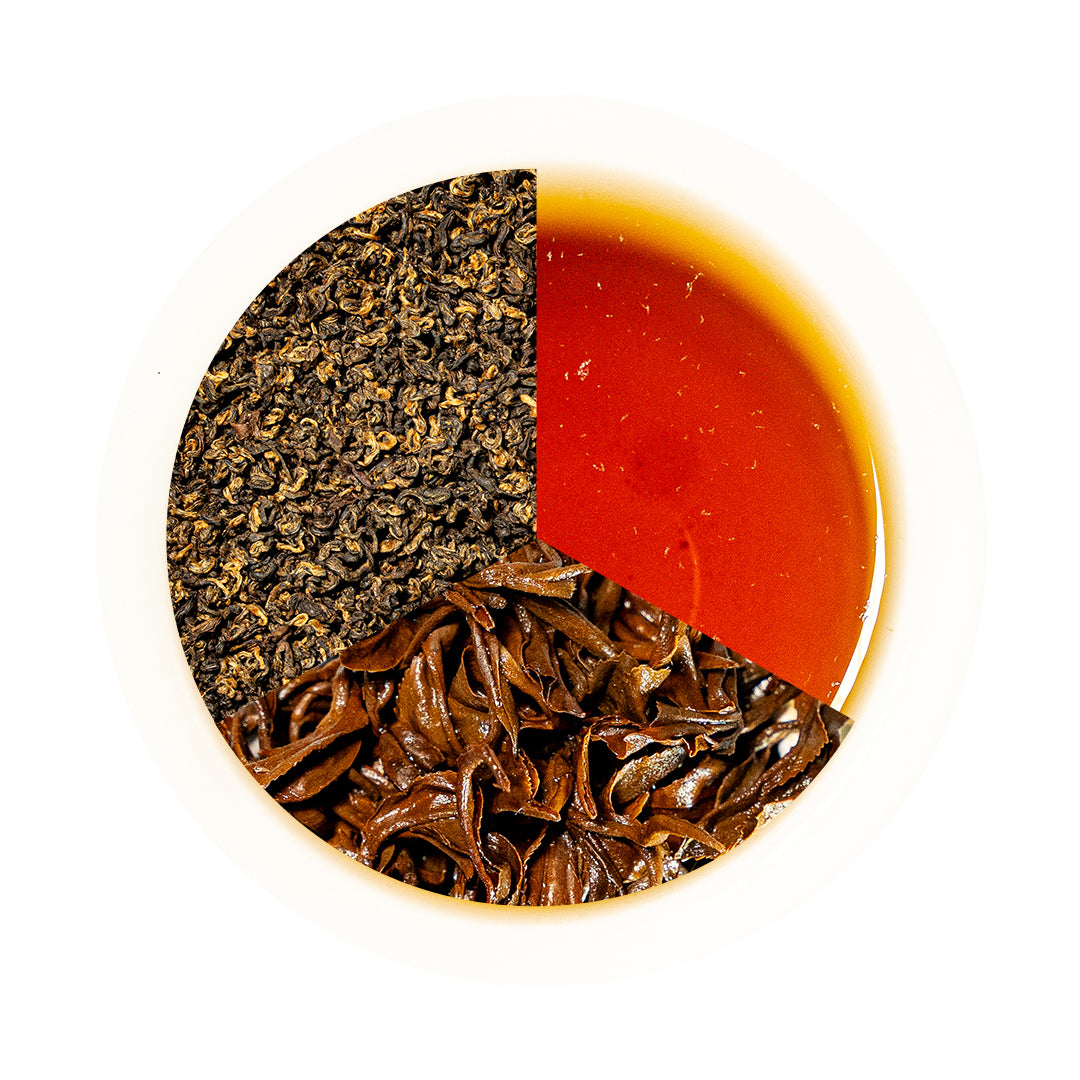
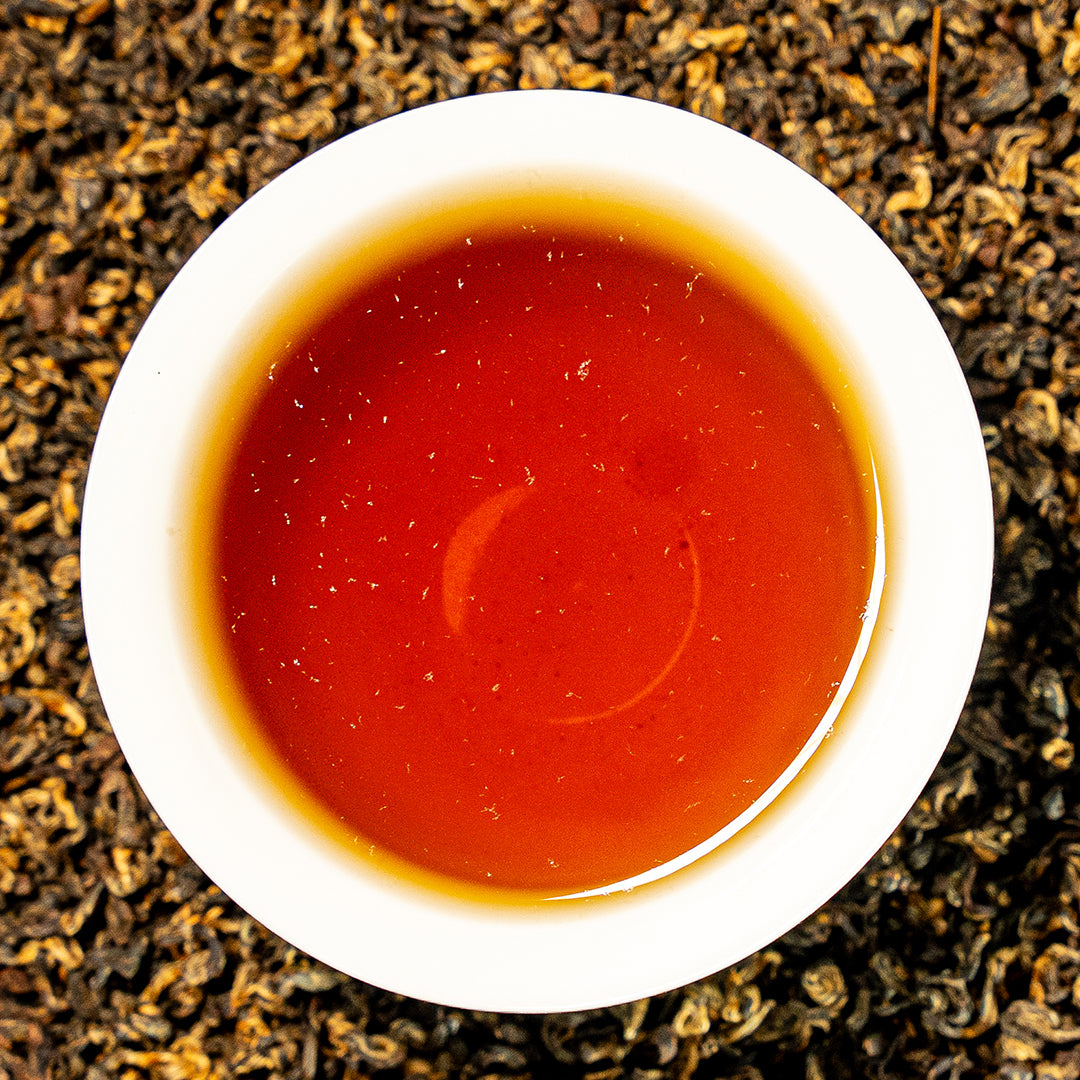








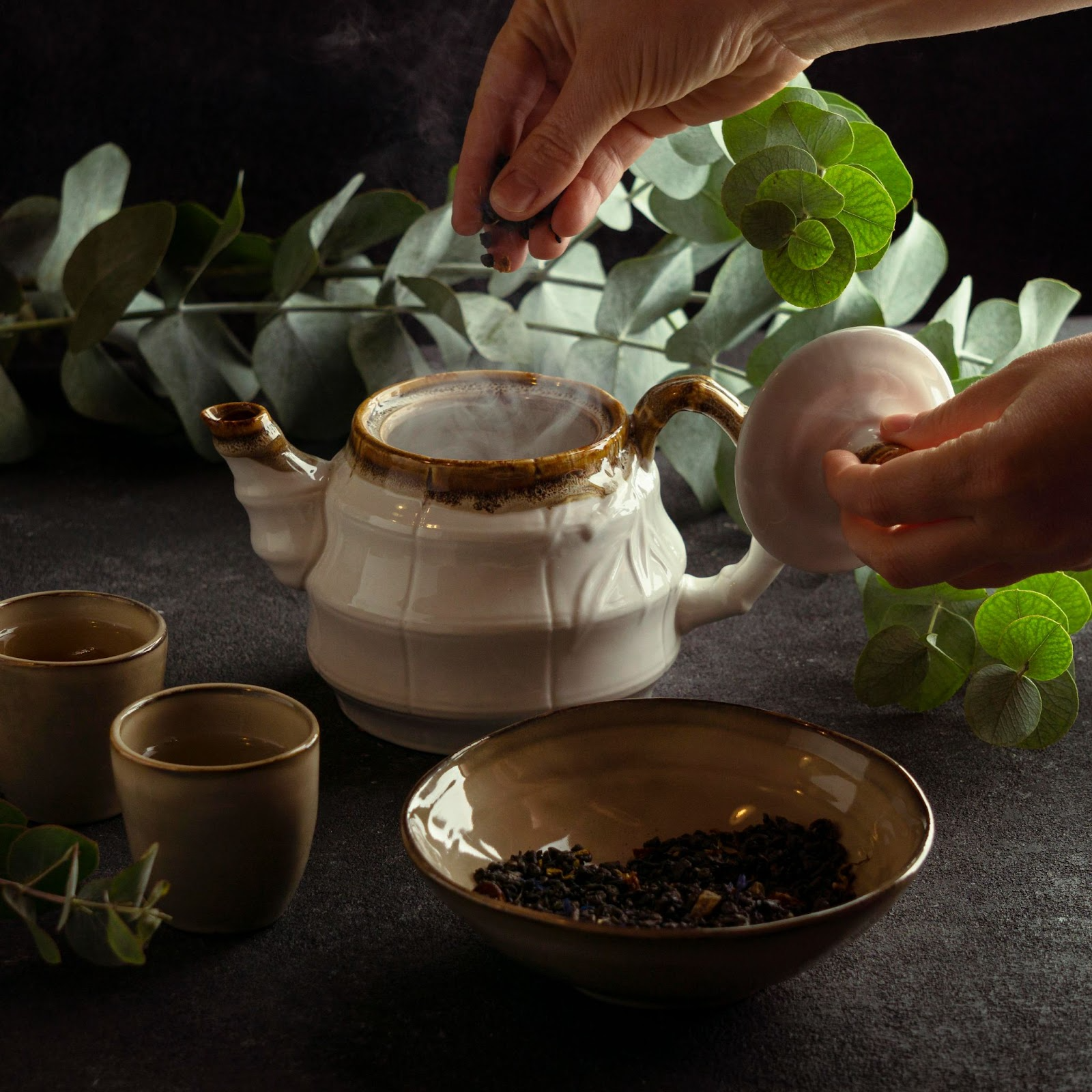
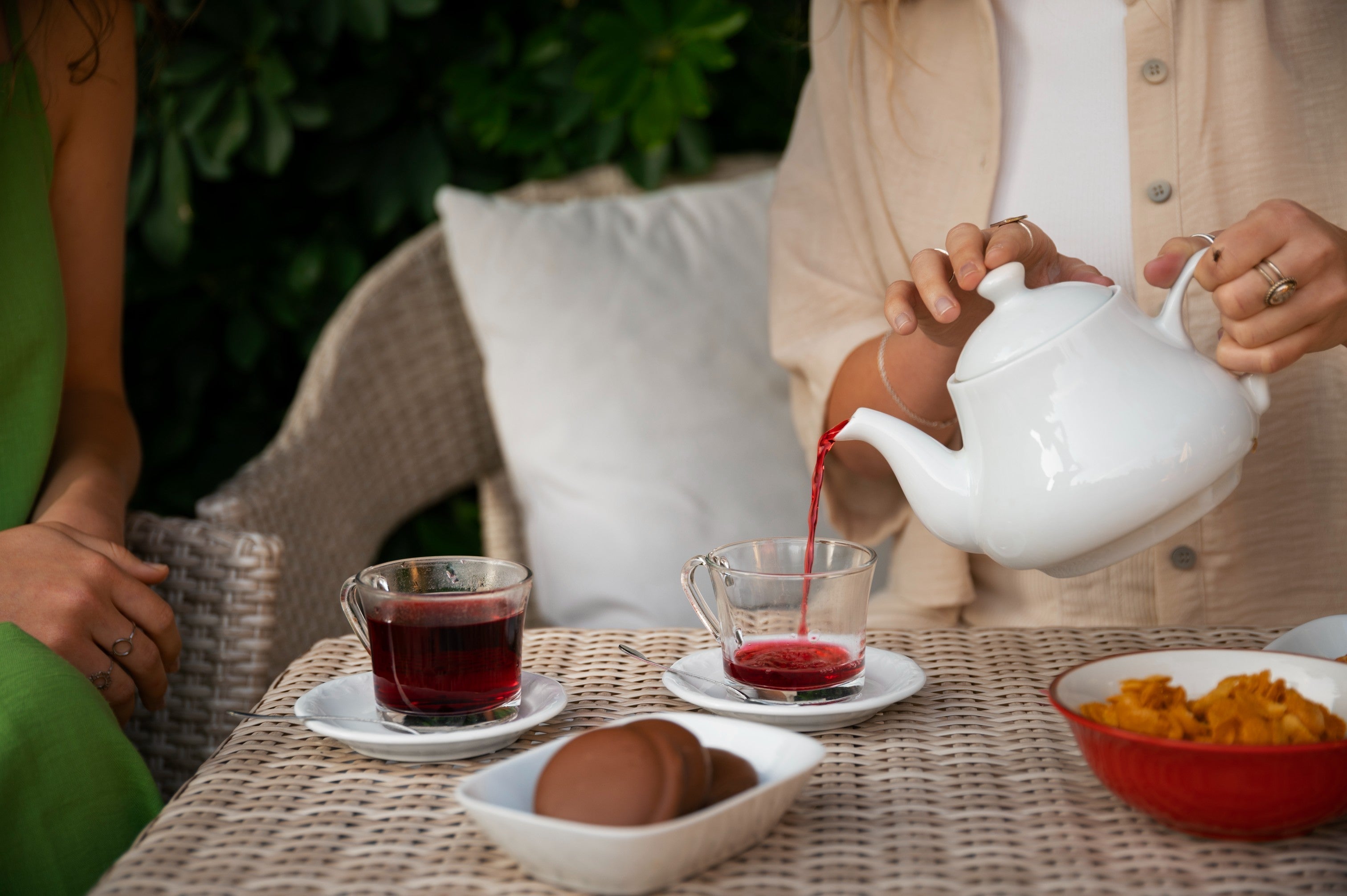
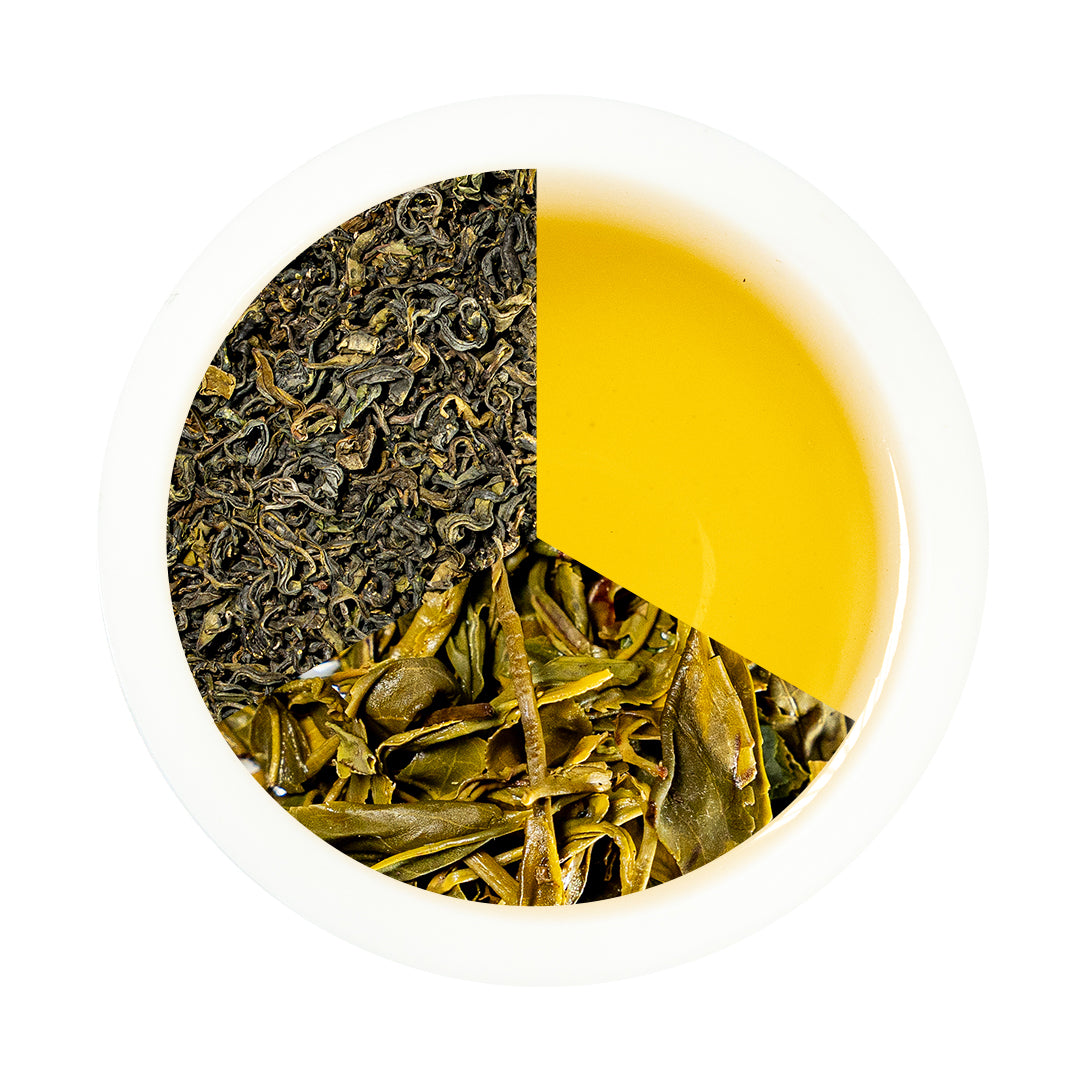
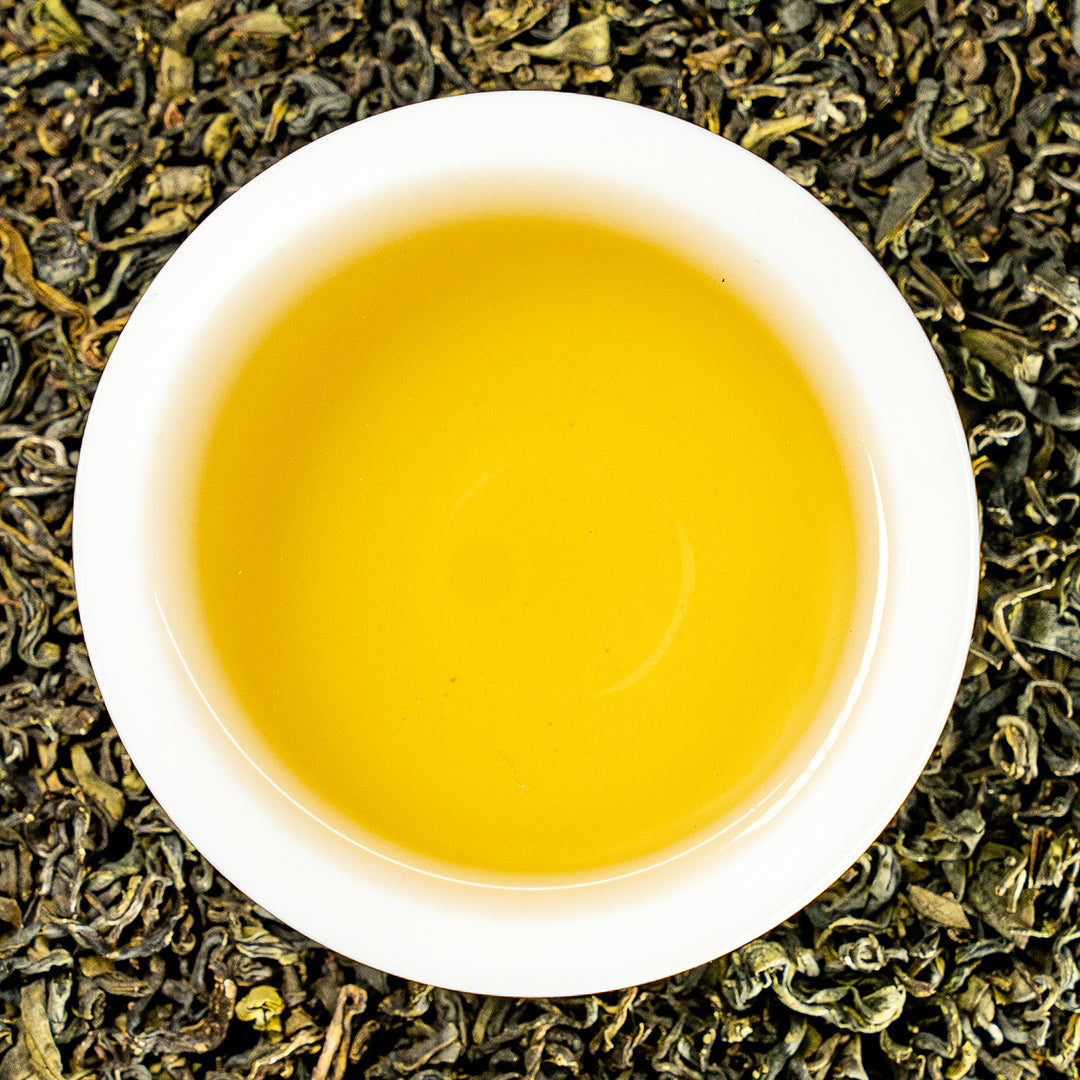
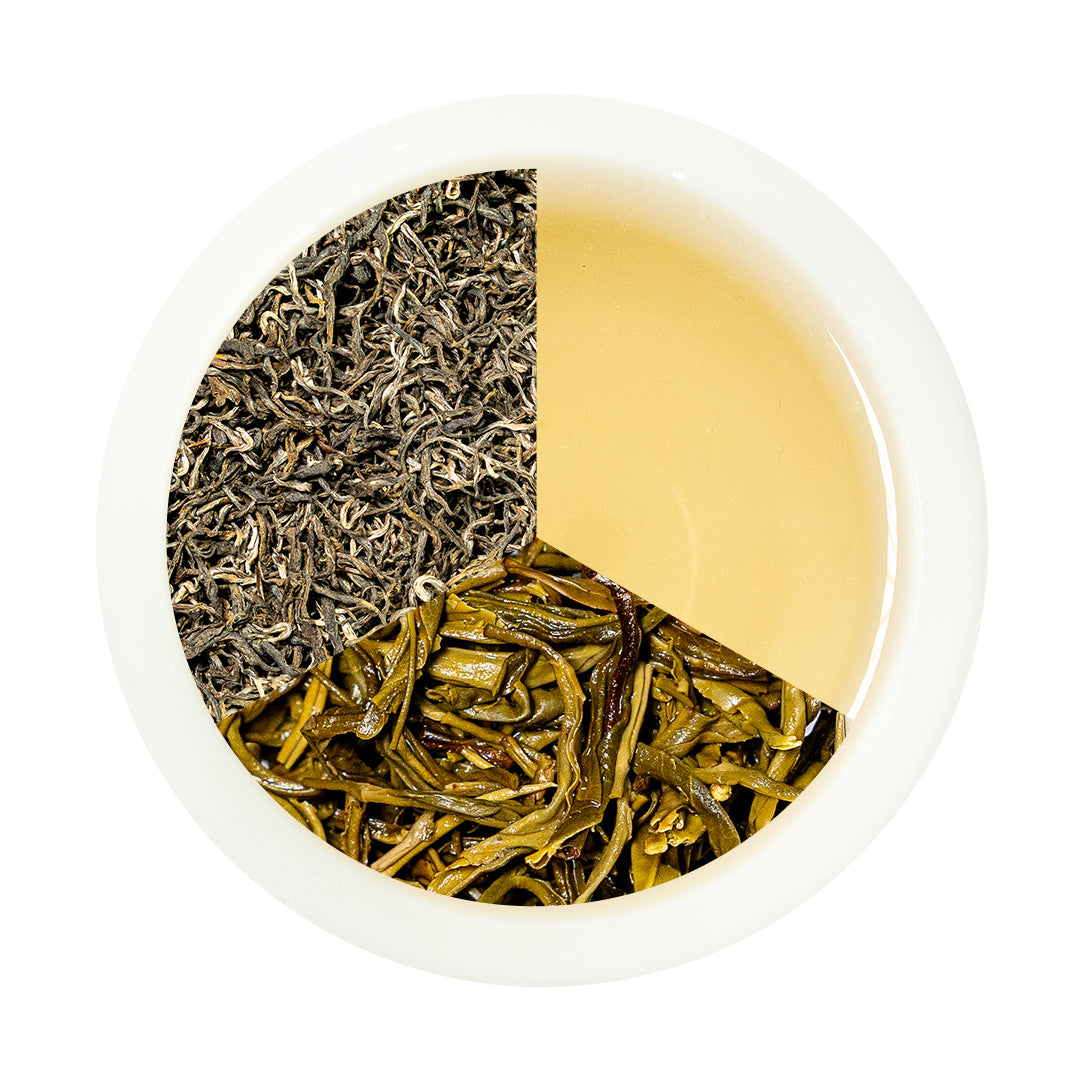
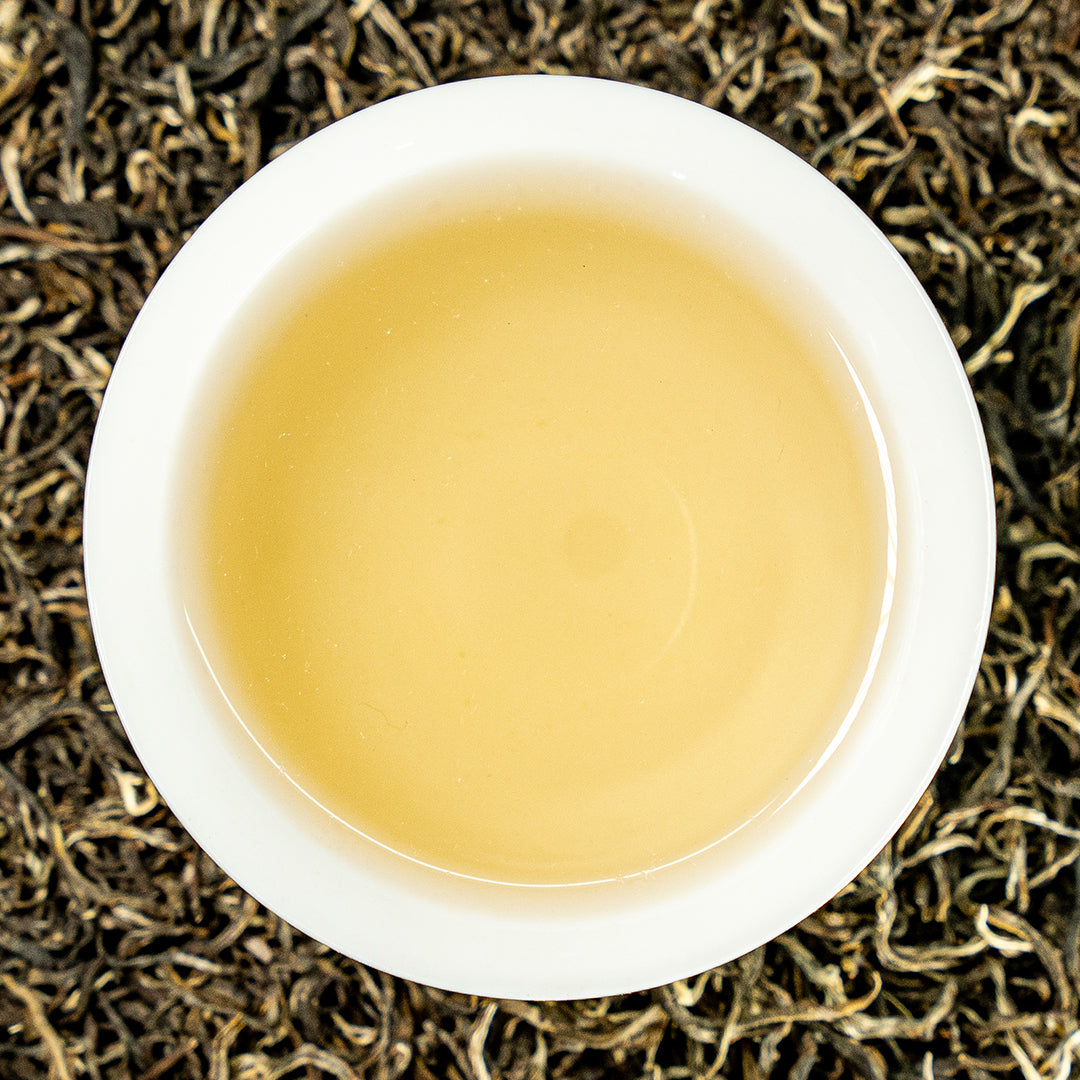
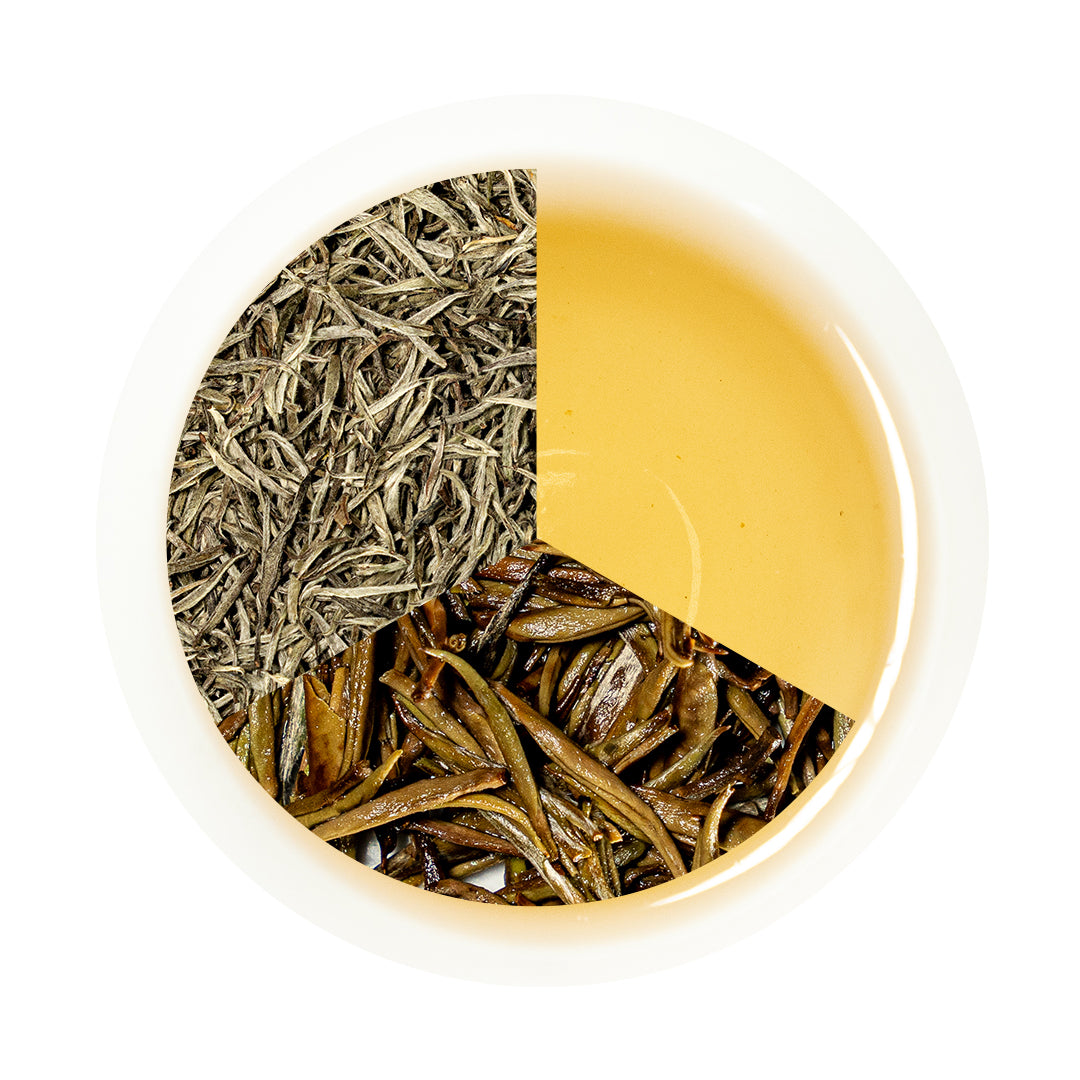



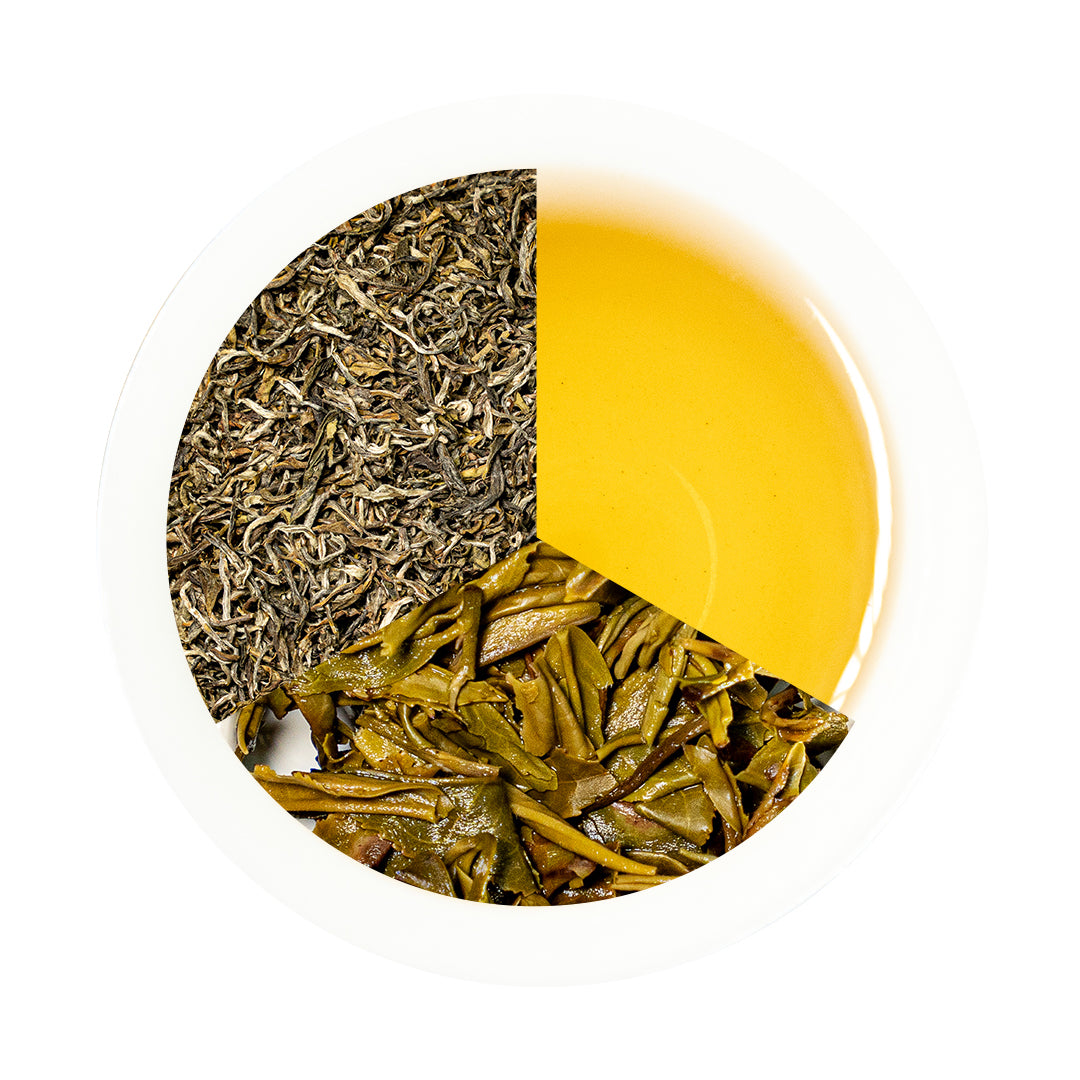

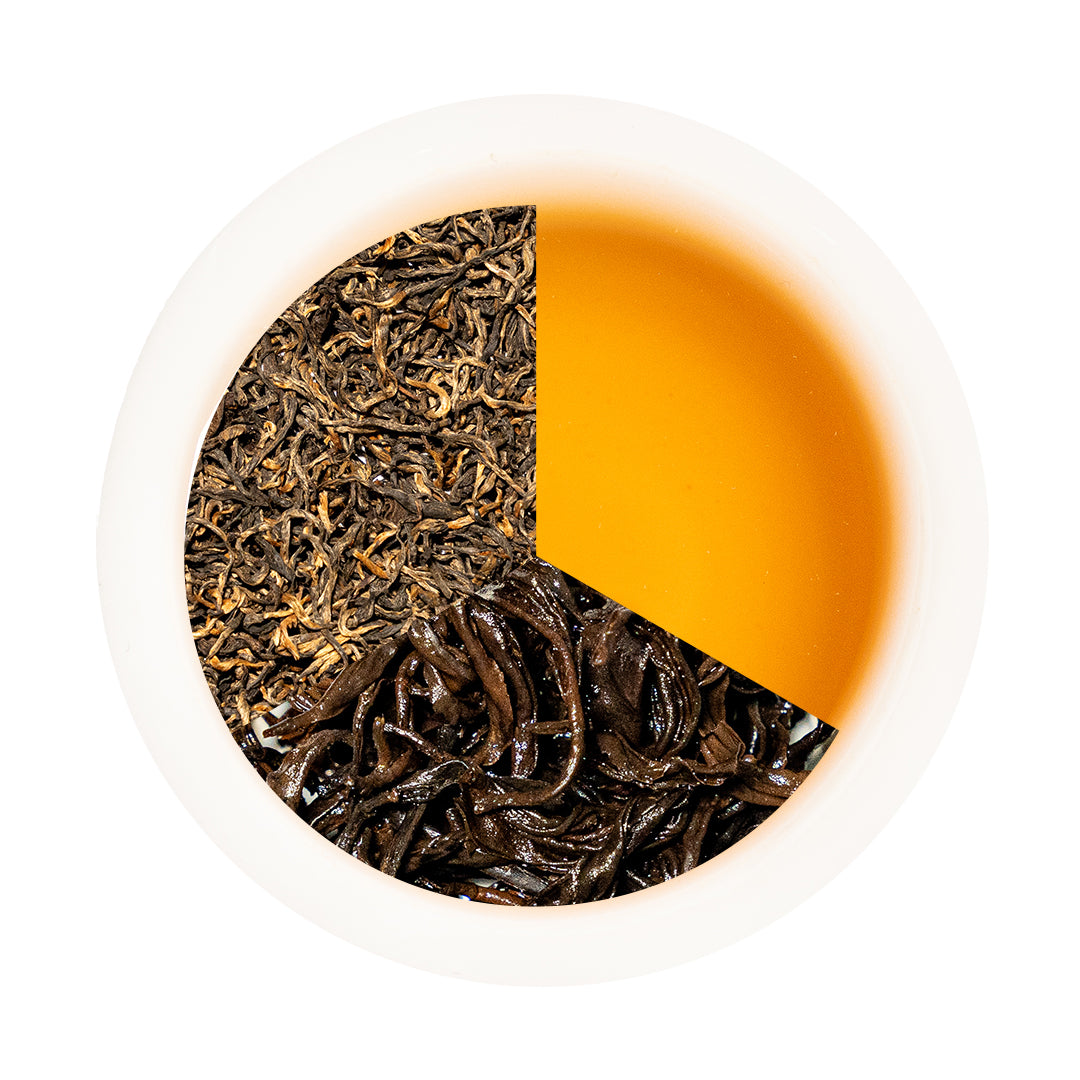
1 Comment
The enchantment of Nepali tea lies in its High mountain origins, hand-plucked leaves, and delicate, floral aromas. Grown in Misty hills of Illam and beyond, each sip captures the purity of the Himalayas – subtle, smooth, and soul-soothing.